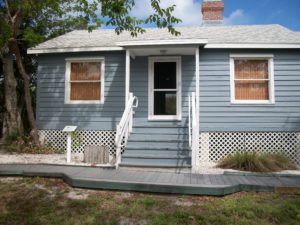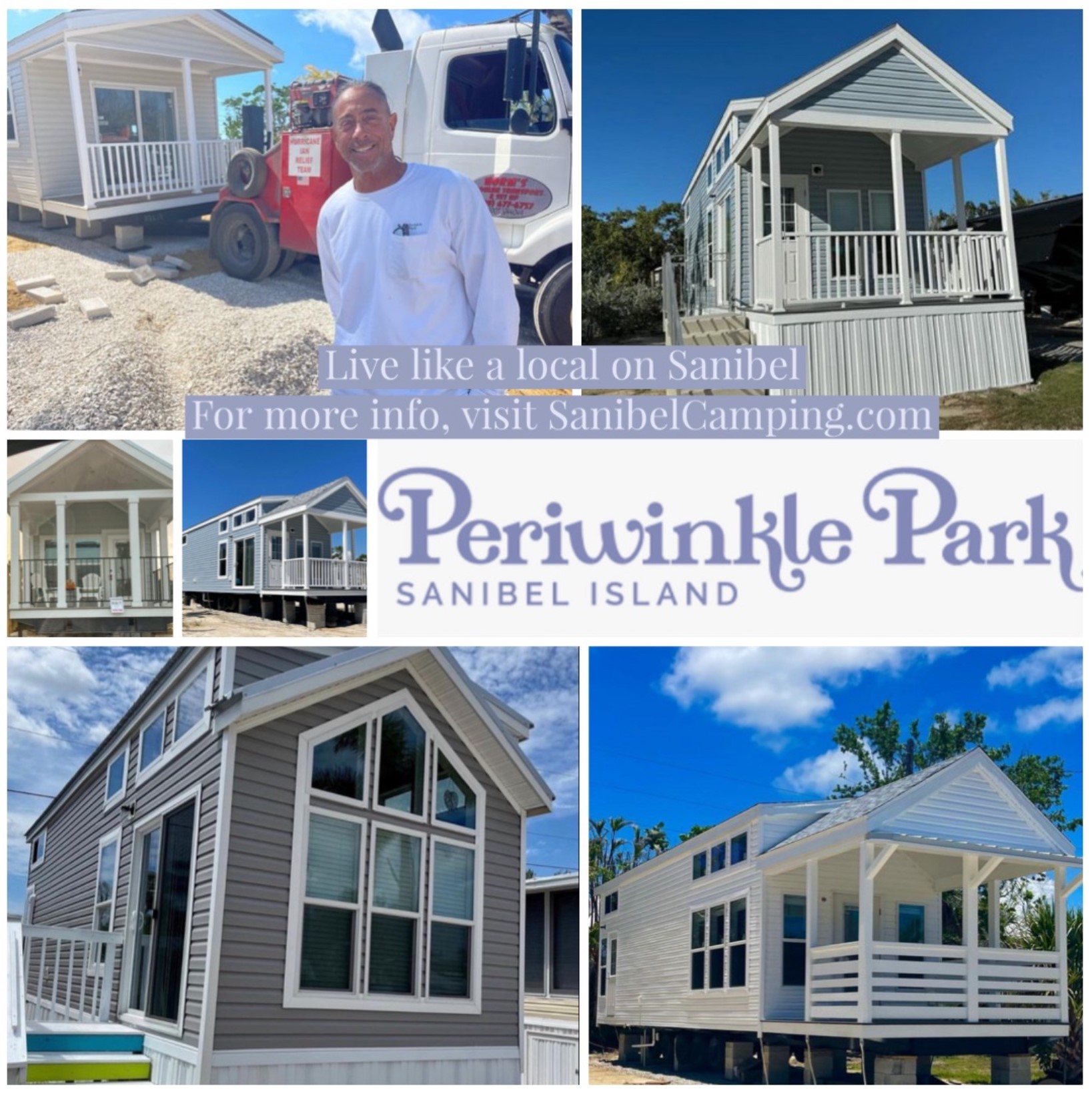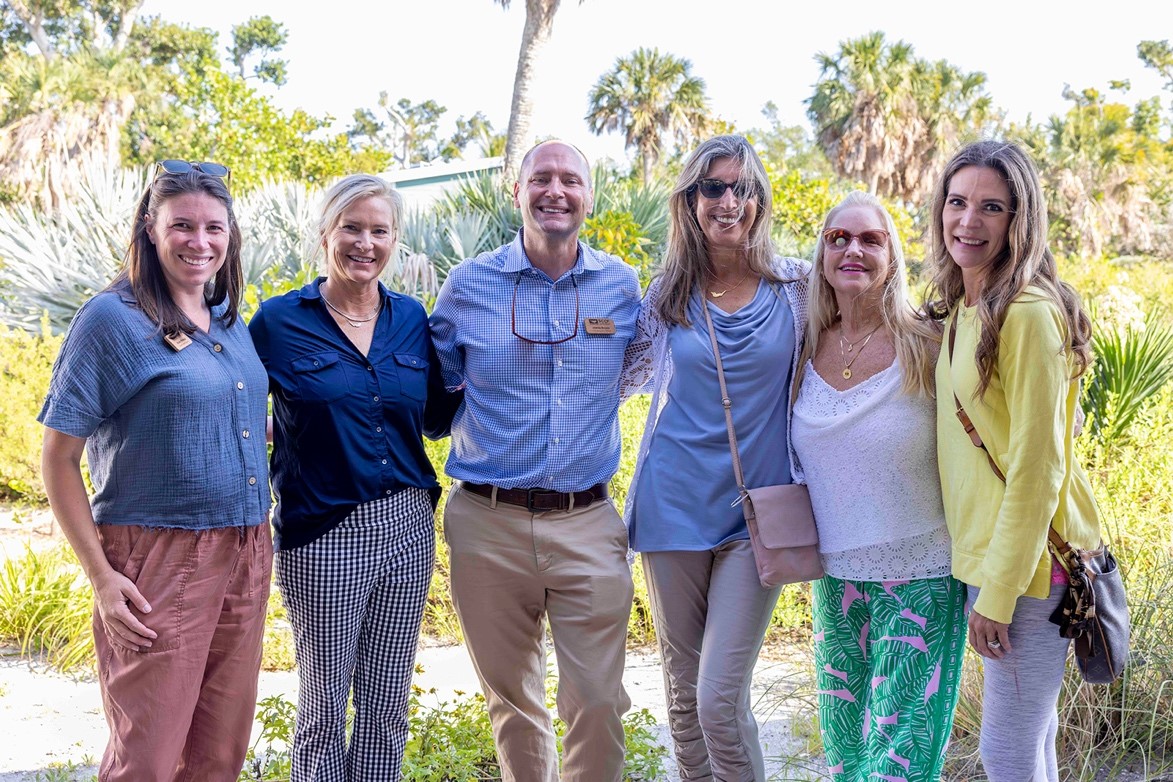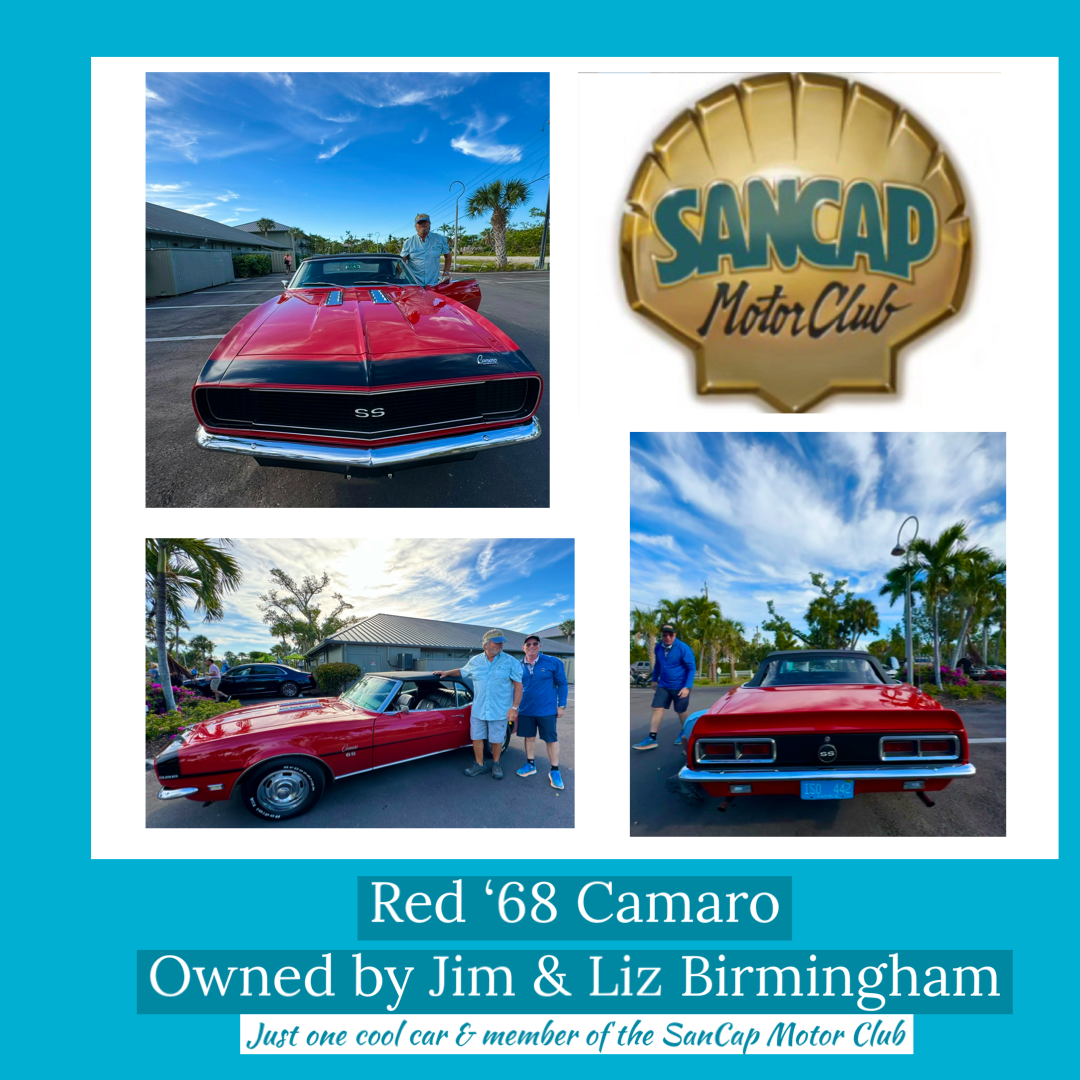 The Sanibel Historical Village has closed early for the off-season due to the coronavirus pandemic. The village will reopen October 20 with hours Tuesdays through Saturdays from 10 a.m. to 4 p.m.
The Sanibel Historical Village has closed early for the off-season due to the coronavirus pandemic. The village will reopen October 20 with hours Tuesdays through Saturdays from 10 a.m. to 4 p.m.
Almost 100 years ago, a charming cottage that came to be called Morning Glories was ordered from a Sears Roebuck catalog to be built on Sanibel on San Carlos Bay. Today that cottage resides in the Sanibel Historical Village and is a favorite of visitors.
Morning Glories was the Springwood model and cost $2,211. It was milled in New Jersey in 1925 and came to Sanibel in kit form in 1926, purchased by Martin and Ada Mayer. It arrived in 30,000 pieces by rail and barge – everything from lumber to nails to lighting fixtures. Morning Glories was a sister home to Shore Haven, which now serves as the Welcome Center for the historical village. Shore Haven was built by Martin’s brother Ross and his wife Daisy.
Starting in 1908, Sears featured “Honor Bilt” homes in their Modern Homes catalogs. The homes were very popular with factory towns; a large company could order as many as needed for their employees and have them constructed in the same location. They were extremely well-built houses, available in three grades. Sanibel’s two examples are of the middle grade.
Morning Glories was one of the Sears homes – The Springwood model. The cottage was completed in 1926. The three Mayer brothers from Erie, Pennsylvania (Ross, Martin and Joe) often vacationed on Sanibel. They were captivated by the island’s charm and in the early 1920s decided to purchase land on the beach fronting San Carlos Bay, not far from the Sanibel Packing Company (later the Bailey Store). The packing house was a collection of buildings on Matthews Wharf. The daily steamer docked at the wharf, bringing whatever was needed; wagons from the hotels met guests, and gas pumps were located on the wharf to service the few automobiles that were transported to the island. Owning land and building a home in this busy and convenient stretch along the bay was considered a smart move.
When the 30,000 pieces arrived at Martin Mayer’s bay-front property, it was constructed by carpenters and other skilled workers. The cottage was named Morning Glories after the spreading vines of blue flowers that grew on the island. Many built-ins were upgrades at an additional cost.
Interior features from the catalog include built-in bookcases, buffet, china cupboards, dinette and fireplace (the holes for generations of children’s Christmas stockings are still visible); kitchen cupboards, a slide-out cutting board, and a hidden ironing board; surprisingly large closets; and a bathroom – a rare luxury on Sanibel at that time!
A generous porch was built across the back of the house in 1924. The Mayers originally enclosed this porch with sliding glass windows. These were removed when Morning Glories was moved to the historical village to restore the building to its original state. The side porch was enclosed to make a small sunroom, probably in the 1950s.
Morning Glories is a two-bedroom house. The parents’ bedroom depicts a typical bedroom of the times for wealthy northern visitors. The second bedroom depicts a child’s/children’s bedroom complete with small bed and toys. The walls in this bedroom display pictures of the Mayer family, as do some in the living room.
The electric lights and the bathroom were unusual on the island at that time. The brothers shared a generator with Shore Haven that allowed enough power for lights and plumbing pump but not enough for a refrigerator.
Ross and Martin Mayer had children close to the same age and decided to live side-by-side and share facilities. They both chose Sears Roebuck kit homes. Shore Haven and Morning Glories shared an artesian well, an electric generating plant and a bath house. The bath house had a porch and two rooms – one for the girls and one for the boys.
Ross Mayer’s daughter, Grace Mayer Symroski, became the owner of Morning Glories and passed it on to her children, Barbara Mayer, Allison Weir, and Ty Symroski. Ty, who as a youngster lived in Morning Glories for a number of years, tells stories of all the generations of children who were always running from the houses, across Bay Drive, a sandy road, to swim in the bay or fish on the dock. “Pans of water were by the front doors in an attempt to keep sand out of the house,” Ty recalled. “‘No running on the dock!’ was regularly heard.” Ty’s bedroom was part of the back porch of Morning Glories. “That’s where I read Hardy Boy books and The Lion’s Paw purchased from Mr. MacIntosh,” Ty added.
Eventually, Allison Weir became the sole owner. Allison and her family greatly enjoyed many summers before selling the property to the Allen Larson family. The Larsons generously gave the Morning Glories cottage to the city of Sanibel with a sum of money to move it to the grounds of the Historical Museum and Village.
Together Morning Glories and Shore Haven illustrate the gradual transformation of Sanibel Island from an agricultural settlement populated primarily by hardy pioneers into a community serving tourism and “snowbirds,” come to escape northern winters.
Located at 950 Dunlop Road on Sanibel, next to BIG ARTS, the historical village has closed early for the off-season due to the coronavirus pandemic and will reopen October 20. When the village re-opens October 20, its hours will be Tuesdays through Saturdays from 10 a.m. to 4 p.m. At that time, full guided tours will be available at no additional charge, depending on docent availability. Admission is $10 for adults over 18. Members and children are free. There is handicap access.





